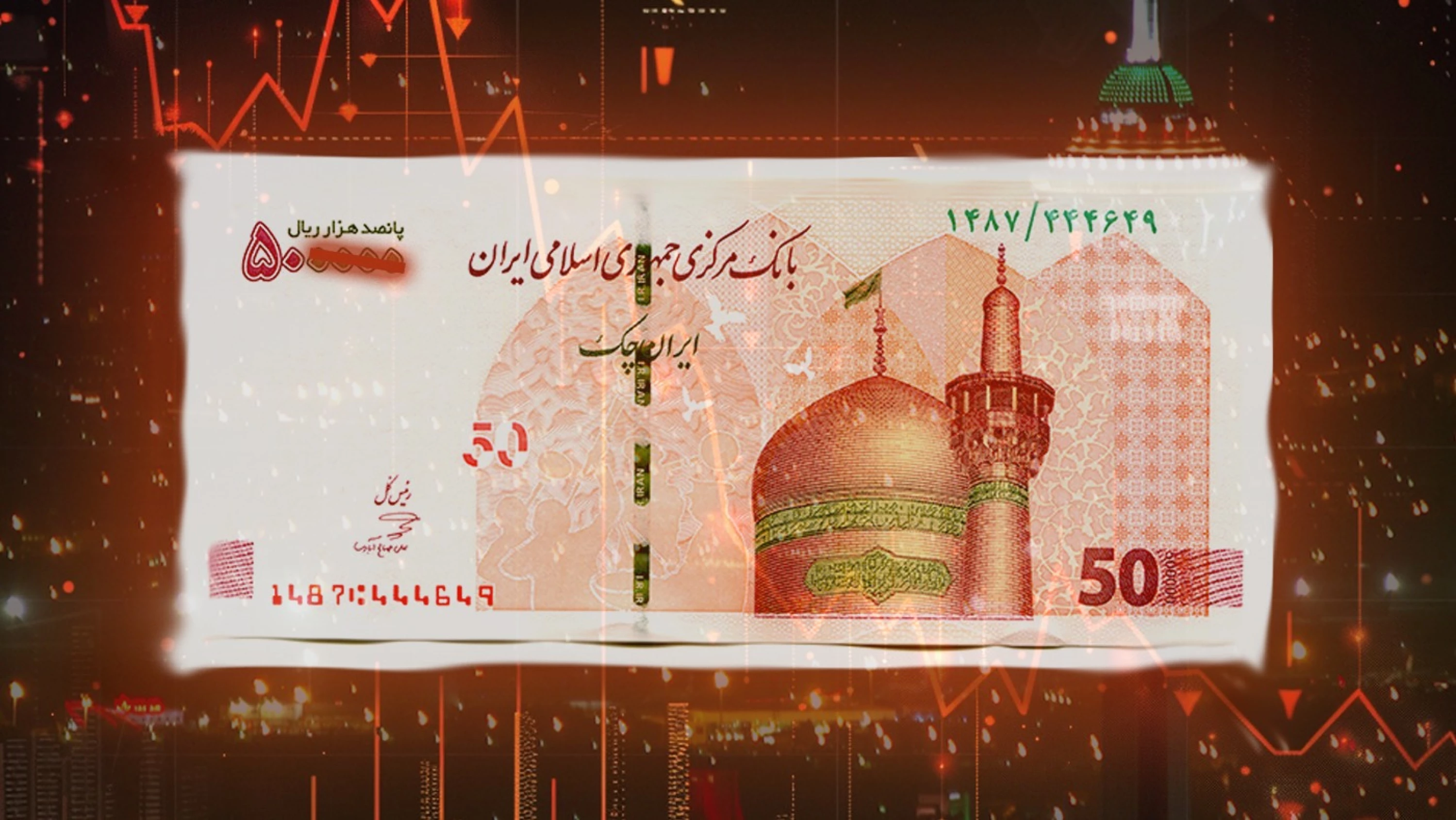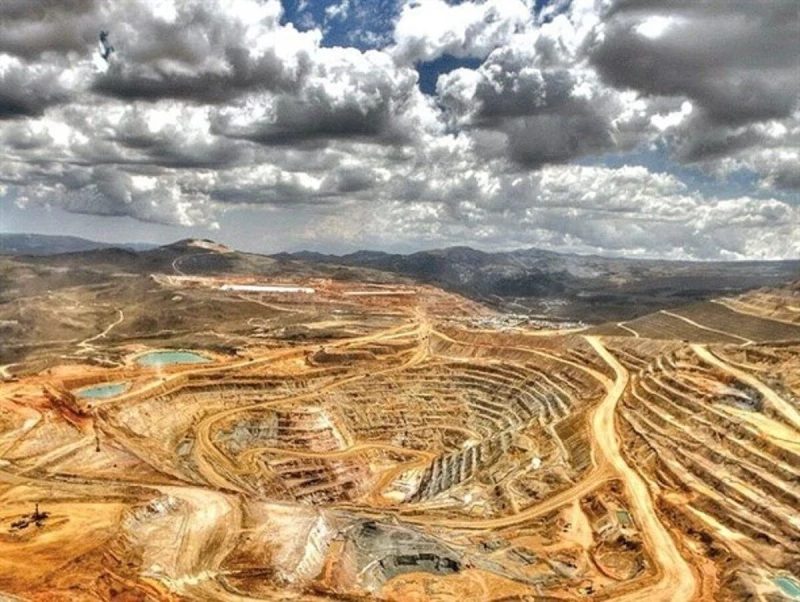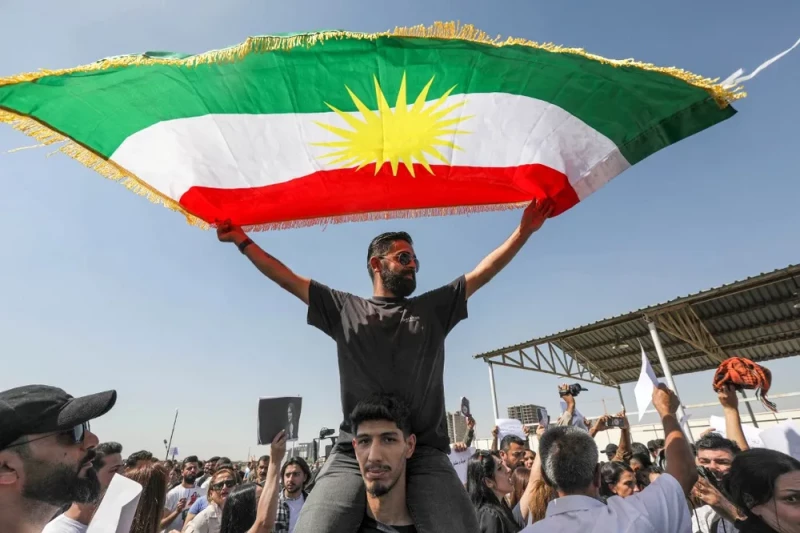ERBIL, Kurdistan Region of Iraq - Trapped by years of international isolation and currency collapse, Iran's plan to remove four zeros from its currency is "cosmetic" and a negative signal without first stabilizing the economy and reducing raging inflation, an economic expert warned.
“Removing four zeros from the currency doesn’t change much in reality. It’s like changing the scale on a thermometer, the numbers look smaller, but the temperature is still the same,” Mason Farhad Nariman, a financial expert and Guinness World Record holder in cognitive performance, told The New Region on Saturday.
On Tuesday Iran’s top supervisory council approved moving forward with a parliamentary bill to remove four zeros from the national currency.
The decision comes as the rial continues its sharp decline under renewed international sanctions, causing widespread debate and confusion among experts and society at large.
Nariman, who holds a Masters degree in Banking and Finance from Stockholm Business School, dismissed the move as a psychological gimmick. “Some may call it a psychological reset, but psychology can’t fight arithmetic,” he said, noting that if the money supply grows faster than production, prices will continue to rise, “just with fewer zeros,” as the problem lies in the underlying economic causes, not the currency’s digits.
The Zimbabwe precedent
Nariman highlighted that countries like Turkey and Brazil succeeded with currency redenomination only after stabilizing their economies by “reducing inflation” and “balancing budgets,” while Zimbabwe failed because it “removed zeros while inflation was still raging.”
He stressed that Iran’s situation “looks a lot more like Zimbabwe’s,” as high inflation and sanctions mean removing zeros would be merely “cosmetic, a new face on the same problem.”
In the past decade, Iran’s currency has sharply depreciated, with the rial falling from about 3,000 tomans per US dollar in October 2015 to 108,000 tomans per dollar in October 2025, a decline of roughly 3,500 percent.
This collapse began in 2012 after the US and the European Union started imposing sweeping sanctions over Iran’s nuclear program. The UN in September formally reimposed a global arms embargo and other sanctions on Iran via the snapback mechanism.
Successful redenomination should be considered “the last tool in the toolbox of the central banker,” Nariman explained.
He said looking closer at the economies that did this redenomination and succeeded, they had first “stabilized their economy and then did the redenomination,” stressing if it was not taken into practice after all the reforms and stabilization, it would be to some extent considered as “a negative signal,” meaning no other measures could be taken.
Economic challenges and risks
The currency’s collapse has put extreme pressure on Iranian households. Under Iran’s 2025 budget law, the average monthly income for a minimum-wage government worker who is married with one child and has one year of experience is about 10 million toman, roughly $92. Based on the World Bank’s updated international poverty line of $3.00 per person per day, this income barely covers the poverty threshold for a single person, yet must support a family of three or more.
Nariman noted money can be thought of as “society’s memory,” reflecting the value of work or services performed, but inflation erodes that memory. When prices rise, “the note that once represented $10,000 worth of value now buys only $7,000.”
Removing zeros does not restore that lost value, and unless the government addresses the underlying causes—overspending, excessive money creation, and limited access to real reserves—people will soon see the “new rial is just the old story told in smaller numbers.”
Nariman also warned that Iran’s currency redenomination could become “a theater act: New notes, same story,” if underlying economic issues are not addressed first.
He noted that Iran’s banking system faces practical challenges, as “most banks still use old computer systems” that must be reprogrammed to handle the new money.
He cautioned that “one small mistake in that process could mess up millions of accounts or cause calculation errors,” and that dealing with both old and new rials simultaneously would double the work and increase the chance of errors. The need to update ATMs, mobile apps, and payment systems would also be costly, potentially causing nationwide payment interruptions.
Steps for reform
Nariman stressed that Iran must take a series of steps to stabilize its currency, including enforcing “monetary discipline” to stop the uncontrolled growth of money, achieving fiscal balance so “spending has to match income,” and diversifying the economy beyond oil to generate stable revenue.
He emphasized the need for a “clean foreign-exchange system” with transparent market mechanisms, banking reform to restore trust in financial institutions, and an “institutional cleanup” to cut out networks that drain public funds.
He warned that without addressing corruption, other measures will be ineffective.



 Facebook
Facebook
 LinkedIn
LinkedIn
 Telegram
Telegram
 X
X


